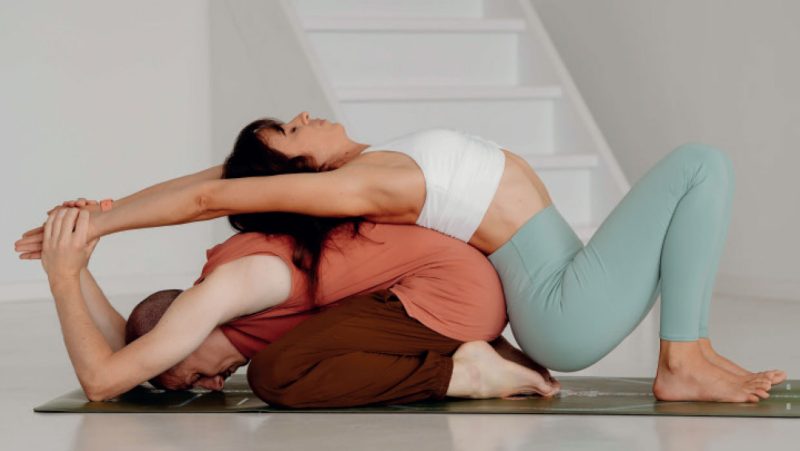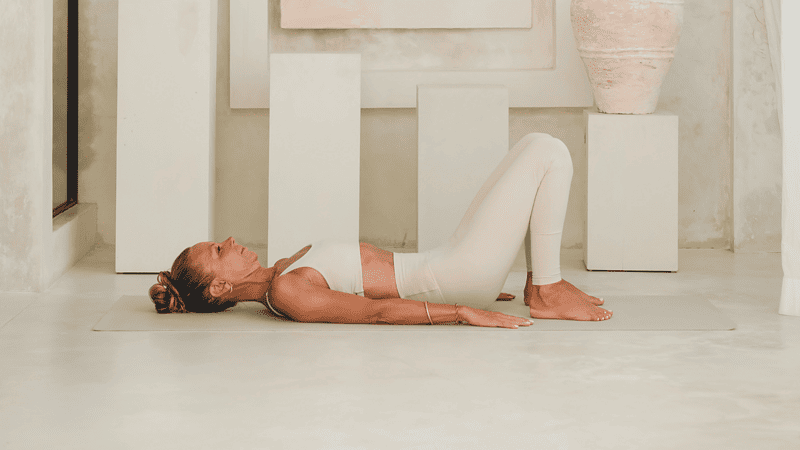
You Don't Have to Try So Hard - the Non-Effort of Asana
Casey expertly externally rotated my forward arm and gently repositioned my lead leg, then returned to his rounds. This subtle adjustment to my side angle pose, like thousands of other micro lessons I’ve received in the Ashtanga yoga shala, reveal something deeper about practice. About my practice. It’s a posture I had done hundreds of times and held for thousands of breaths.
Reading time: 4 minutes
Back in Orange County, where I was first exposed to yoga, (“city yoga”, as it was disparagingly referred to in my classical yoga teacher training) I was often coached to do just the opposite. Try harder that is. Bend my knee deeper, sweat more, feel the burn. In my yoga practice and in my life, I’m more and more appreciating that, truly, I don’t have to try so hard.
The Non-Effort of Asana
“Sthira Sukham Asanam” says the sage Patanjali in the Yoga Sutras. This translates as “the postures should be steady and comfortable." No mentions of gritting your teeth.
It’s ironic that it’s here in my Ashtanga practice, a notoriously physically demanding form, that I am repeatedly reminded of this. To try less, do less, and be more patient. As a meditator, a mover, a dad to a puppy, and a chiropractor, I agree across the board. So often I’m finding that progress is in spite of my effort, not for a lack of it.
The more present I am, the less I try, and the more my body unwinds. It begs the question, where else is this effort actually self-defeating? And perhaps more importantly, why am I trying so hard in the first place when I know that it doesn't help?
The Samskara of Striving
This “‘trying” is stored into our nervous systems, which is why it’s so hard to relax even when we want to. It's not a conscious thing.
Our striving is a deep Samskara (conditioned habit pattern): a subconscious program running in us, the result of old undigested emotions and bound trauma that have congealed into self-perpetuating limiting beliefs and action loops. This leaves us striving again and again, over efforting, over eating, over trying.
“You don’t have to try so hard.” He muttered to me flatly, almost to himself.
That same little me who felt so much pressure to get straight A’s in grade school, who felt shame over his awkward overweight body in middle school, who felt that he had to impress all the girls in college…he’s there straining just a bit too hard in his Chakrasana (wheel pose).
The beauty of our asana practice, particularly one as structured as Ashtanga, is it creates a container in which those old patterns can surface. Sometimes I fight them, sometimes I try to numb them, often I’m totally unaware of them. But in the consecrated space of our shala we have an opportunity to choose something different. We can meet them with awareness and breath. Then these Samskaras loosen and come undone, like releasing old knots.
When we stop trying, the healing begins
Healing is the natural order of things. It’s a spontaneous process occurring when awareness meets acceptance. It’s an unlearning, an unwinding, and an undoing, an un-efforting. We can work so hard to have the perfect diets, yet fasting remains one of the most powerful healers there is. While we rest, the entire constellation of our body conspires towards wholeness. While we pause, the whole universe spins around us. In the infinite space of each breath cycle of a posture, old trauma unwinds itself. Truly, we don’t have to try so hard.
I pray that you too can try less and receive more. That you find the technologies that empower you to untie these old Samskaras with breath and acceptance.
When you release trauma, you reclaim your energy and realize your potential, on the mat and in life.
In gratitude,
Dr. Kent





